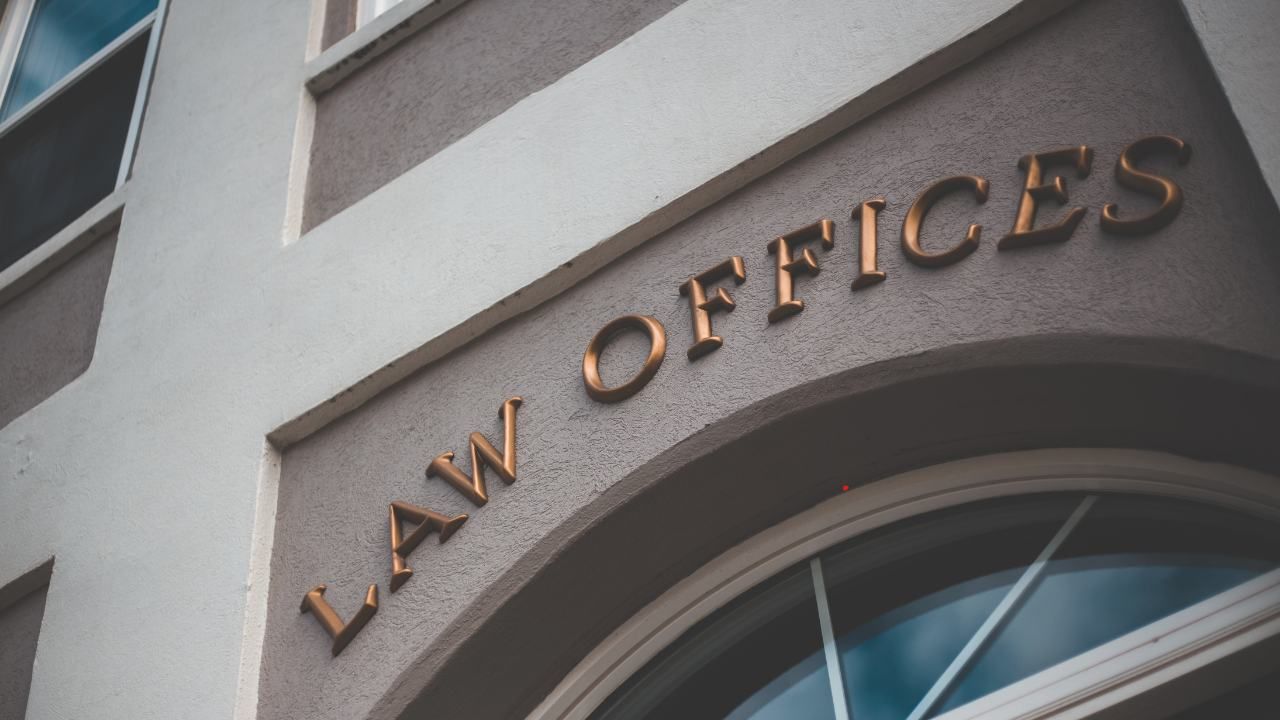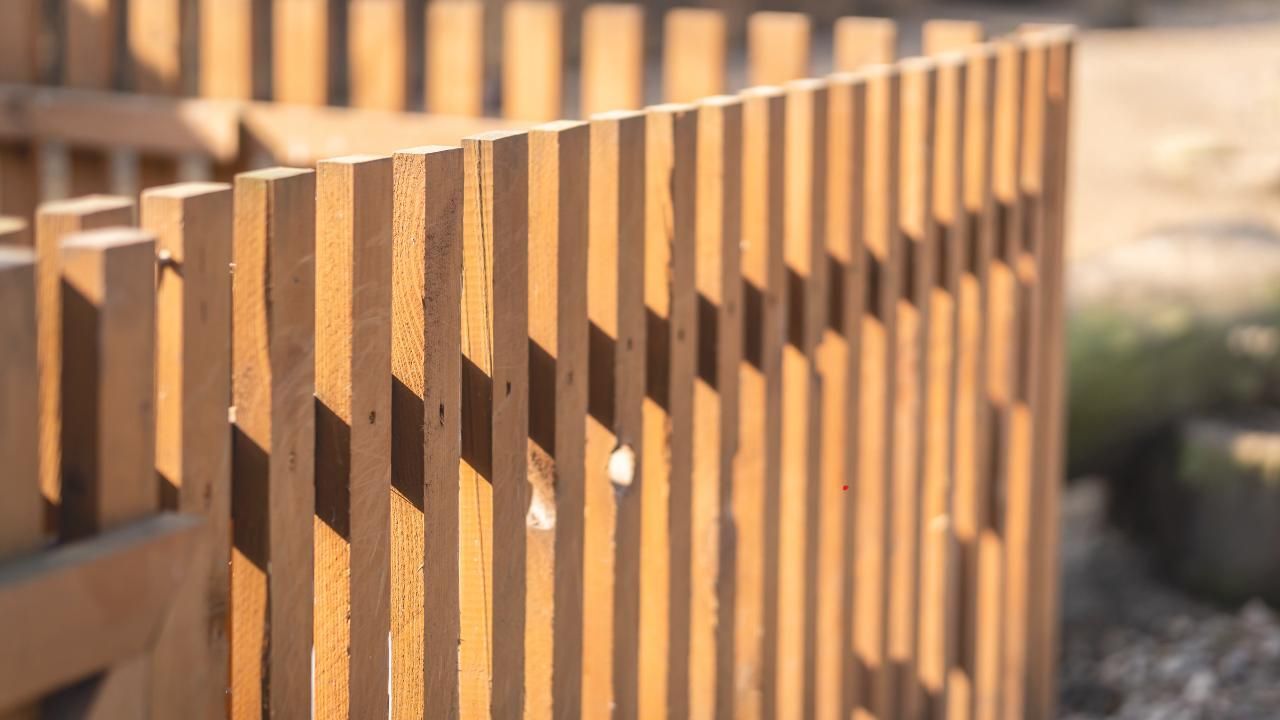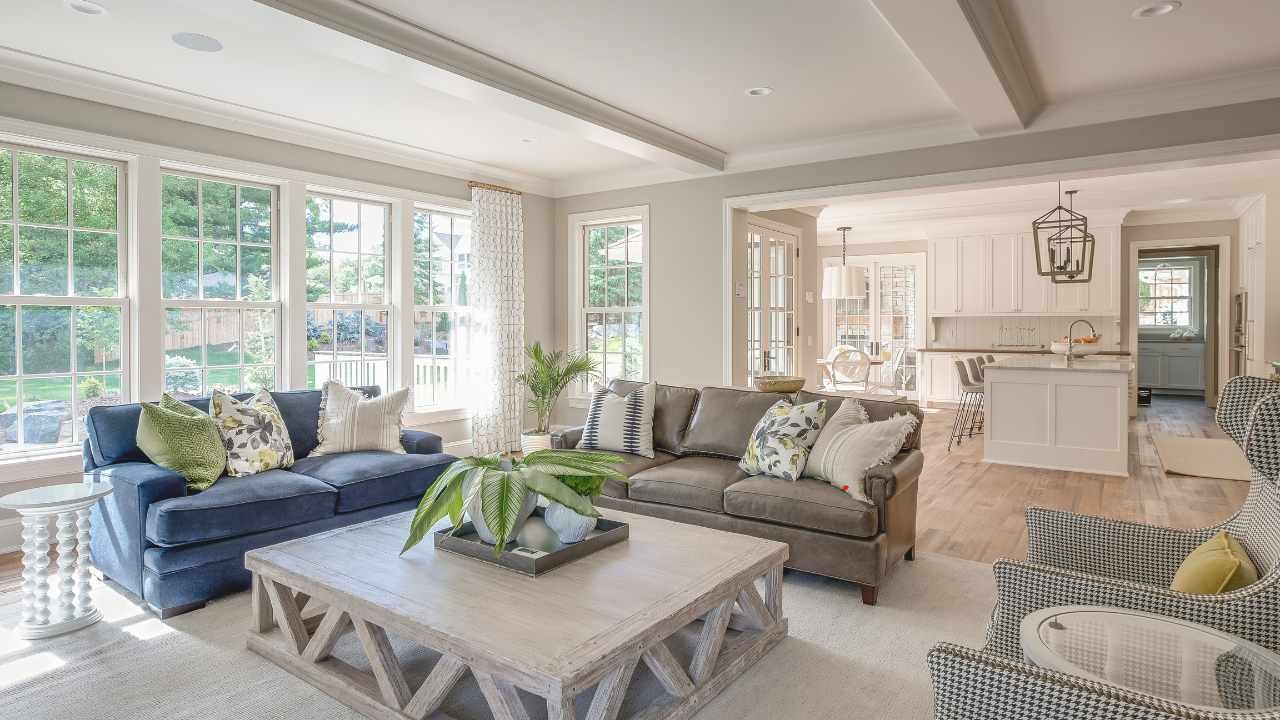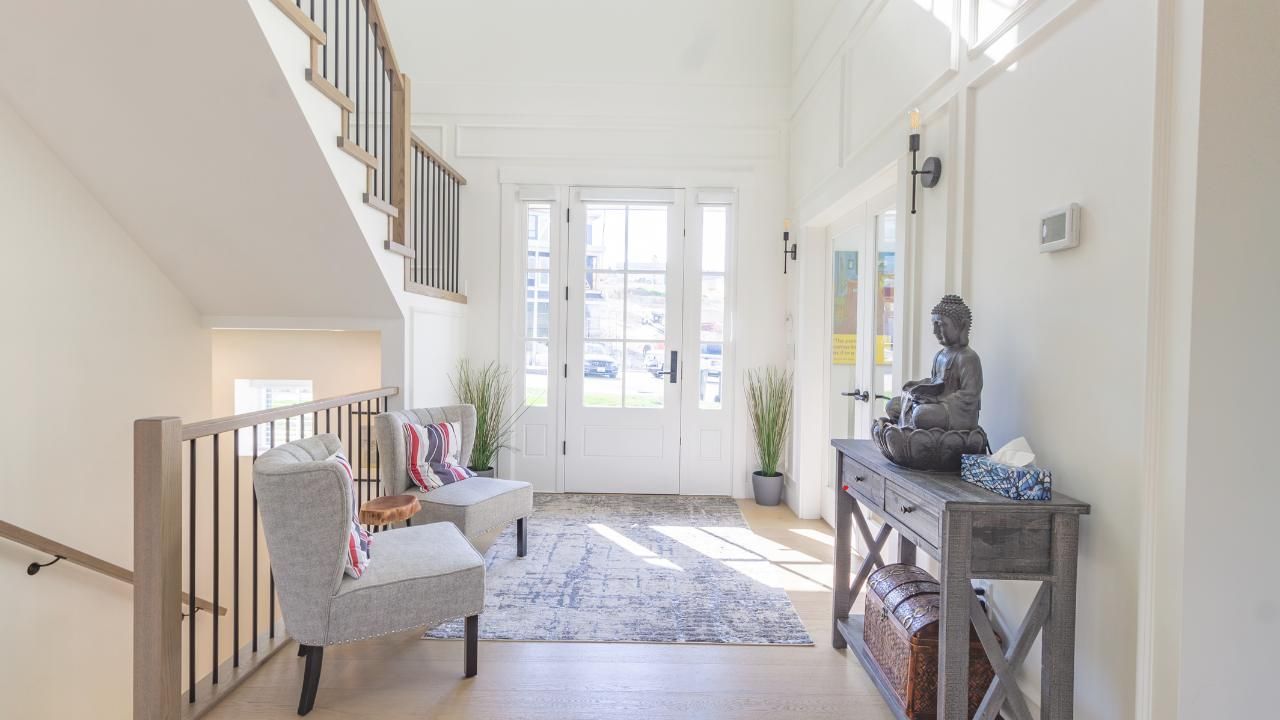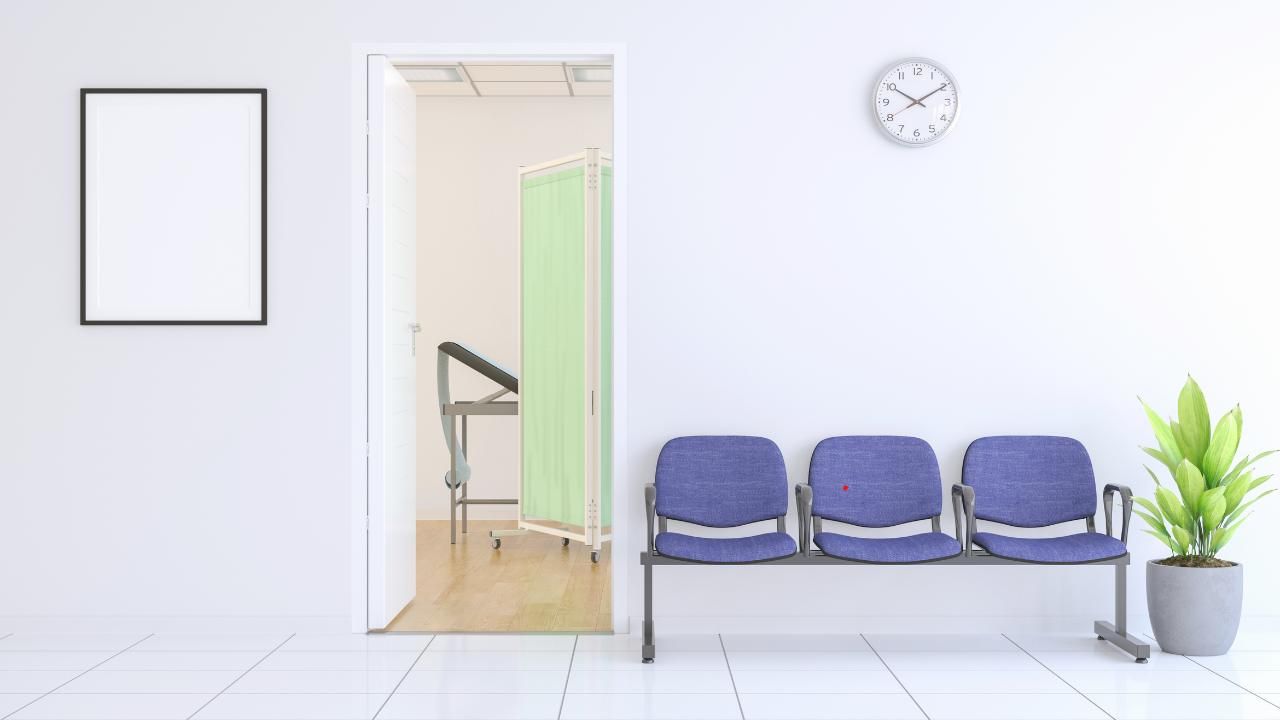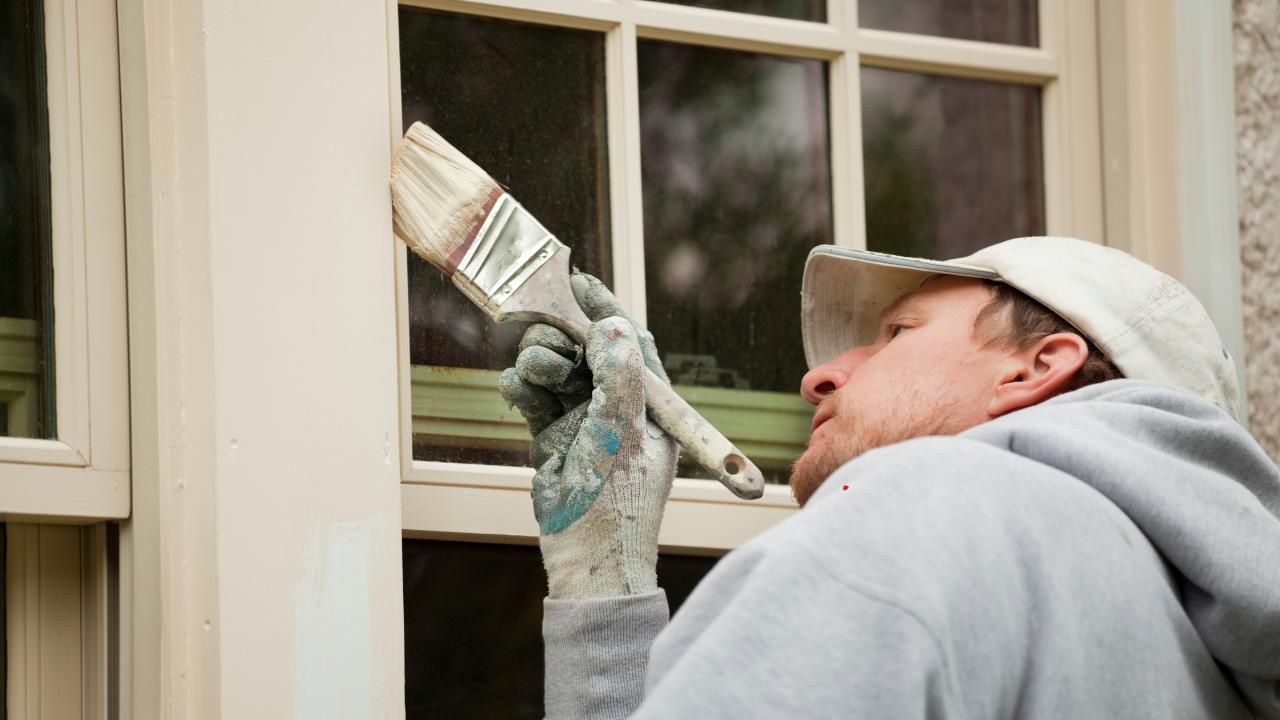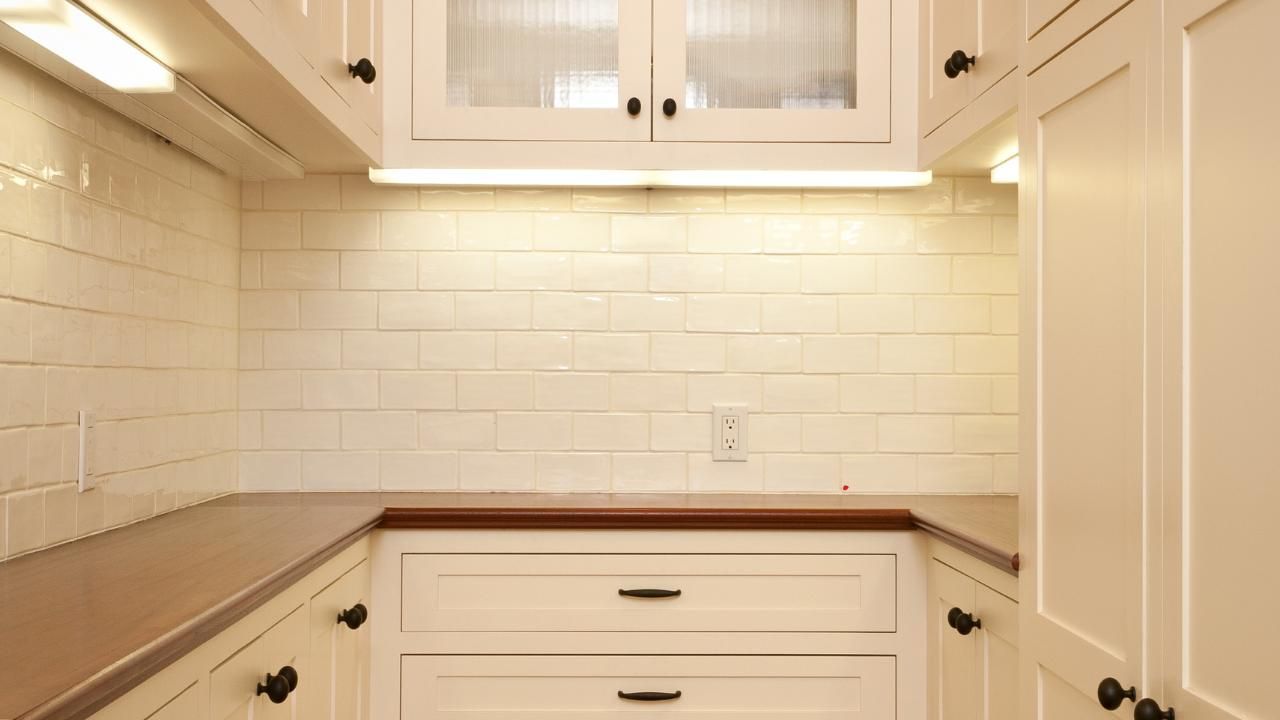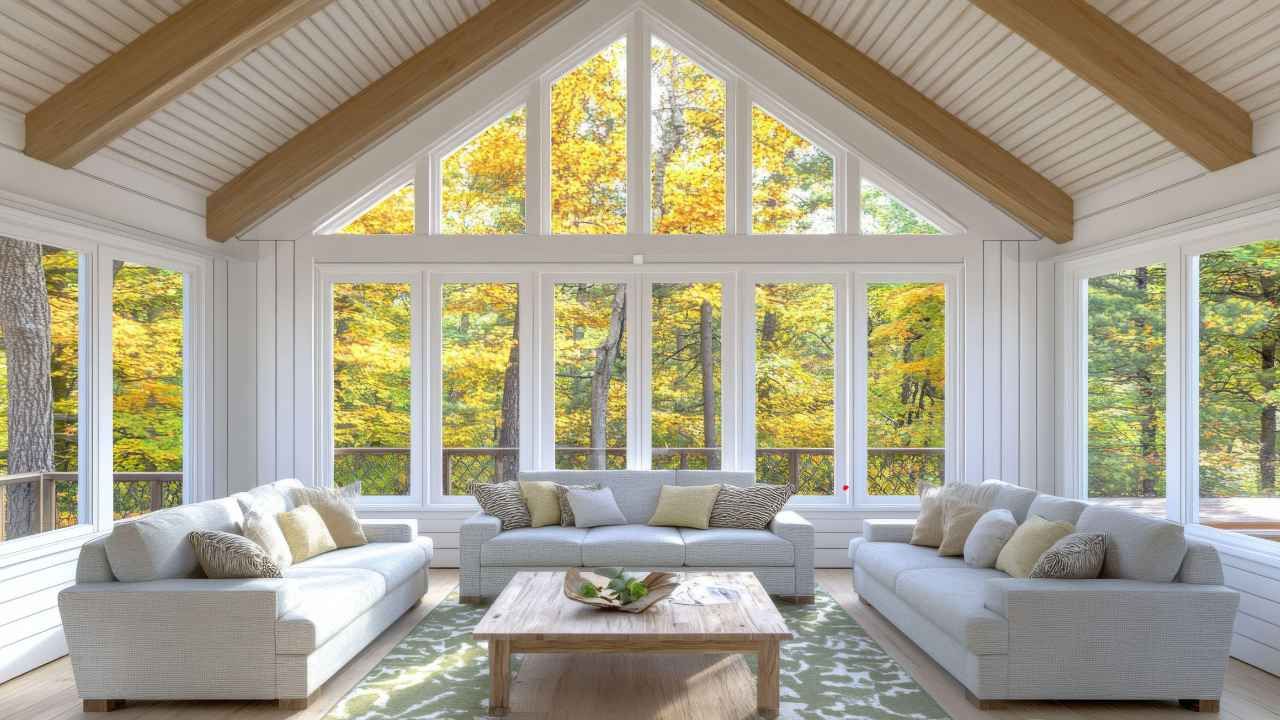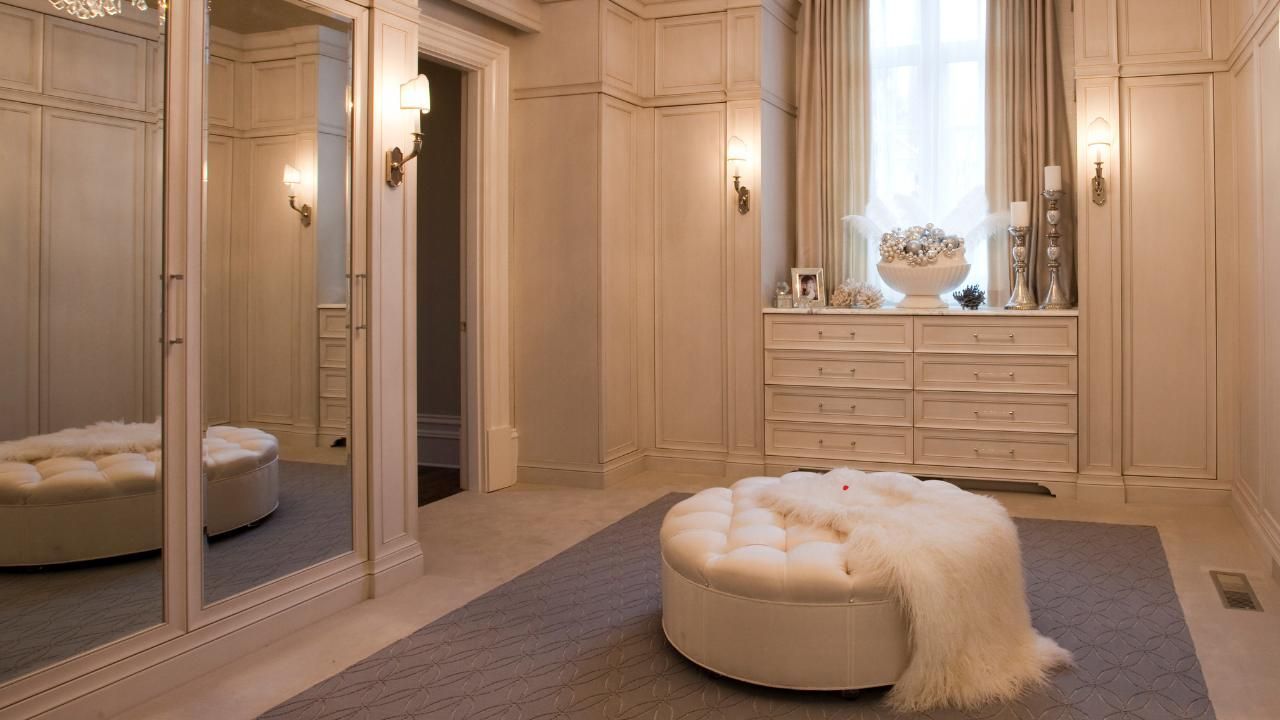Seasonal Guide: When’s the Best Time to Paint Your Roof?
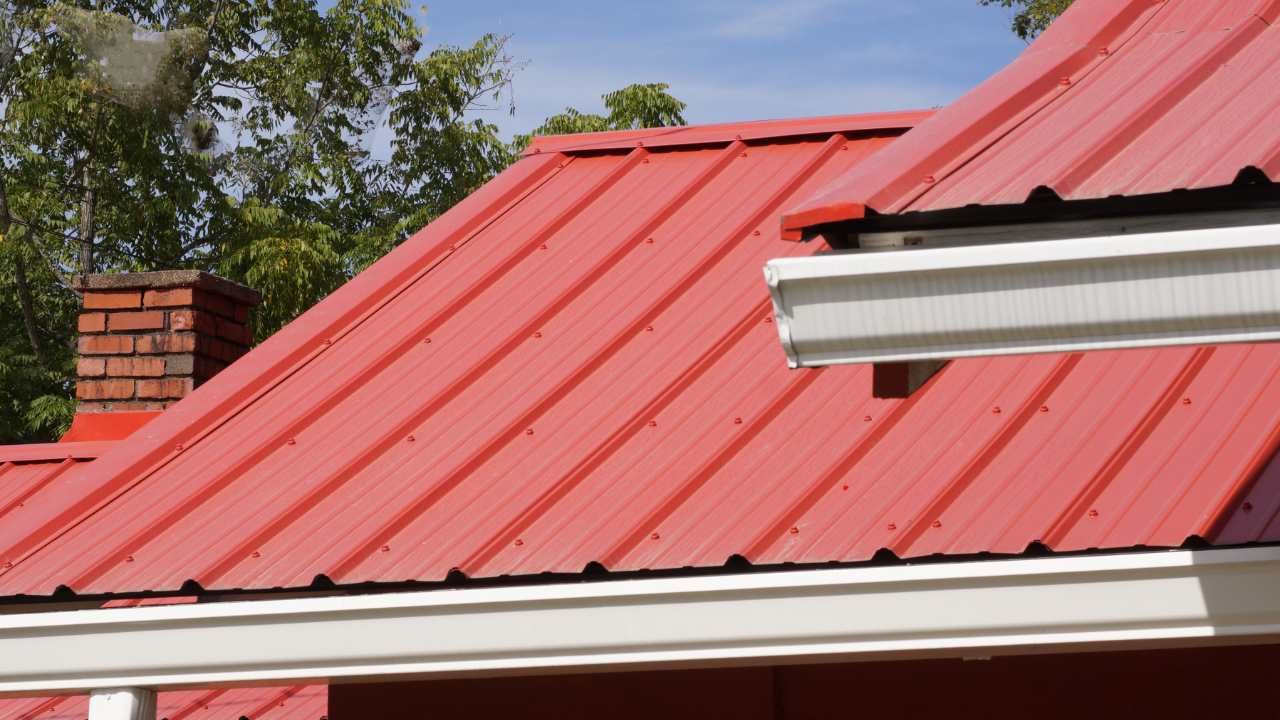
If you’ve ever wondered whether timing really matters when it comes to painting your roof, the short answer is yes—it matters a lot. The weather, humidity, and even the time of day can all impact how well the paint adheres and how long it lasts. For homeowners in the Pacific Northwest, planning your project with help from an exterior painter in Central Oregon can make all the difference between a flawless finish and a frustrating redo.
In this seasonal guide, we’ll break down how each season affects roof painting and help you determine the perfect time for your next project.
Spring: A Fresh Start (But Watch the Rain)
Spring often feels like the right time to tackle home improvement projects—and for good reason. The temperatures are mild, the days are longer, and your roof is finally free of winter grime. However, spring showers can make it tricky.
Paint needs dry conditions to cure properly, and in areas where rain is frequent, you’ll need a stretch of at least two to three dry days for optimal results. If you do decide on a spring project, plan around the forecast and consider using quick-drying roof coatings that can handle slight moisture.
Pro tip: Clean your roof thoroughly before painting. Moss, debris, and dust can prevent paint from bonding and shorten its lifespan.
Summer: The Season of Consistency
Most expert exterior painting contractors agree that summer is the best season for roof painting. The weather is stable, humidity is low, and you get longer daylight hours to work with. The key, though, is to avoid extreme heat. Paint applied under direct sun in 90°F or higher temperatures can dry too fast, causing blistering or cracking.
If you’re painting in the summer, schedule the job early in the morning or later in the afternoon when it’s cooler. Consistent temperatures between 60°F and 80°F are ideal for paint adhesion and smooth finishes.
Fall: The Golden Window
Fall offers a sweet spot for roof painting, especially in regions with moderate climates. The temperatures are comfortable, and humidity levels are just right—not too dry, not too damp. Plus, you can finish your project before winter sets in, ensuring your roof is sealed and protected from cold weather damage.
The only catch? You need to finish before late fall when rain and frost start to appear. Once overnight lows dip below 50°F, it’s best to wait for warmer conditions to ensure the paint cures correctly.
Winter: Proceed With Caution
Winter roof painting is generally not recommended unless you live in a warm climate. Cold temperatures slow down the curing process, and moisture from snow or frost can ruin freshly applied paint. Even if you use specialized coatings rated for lower temperatures, the risks often outweigh the benefits.
If winter is your only option, work with experienced pros who understand how to manage the conditions safely and effectively.
Case Study: Timing Saved This Homeowner Thousands
When a homeowner in Central Oregon decided to paint their metal roof in late summer, they partnered with a local painting team that monitored weather conditions closely. By scheduling the project during a mild two-week stretch in August, they achieved perfect adhesion and a vibrant finish that’s lasted over five years. In contrast, their neighbor’s spring project—done during a rainy week—needed touch-ups within a year. The difference? Timing and preparation.
The Bottom Line
Painting your roof isn’t just about aesthetics—it’s about protection and performance. Each season brings unique challenges, but with proper timing and professional help, you can make sure your investment lasts.
If you’re ready to refresh your home’s exterior, consider consulting with a seasoned team of roof and exterior experts who know how to work with your local climate.
Want your roof to look great and stand strong year-round? Schedule a consultation with Ash Painting of Central Oregon today and discover how professional timing and craftsmanship can transform your home.

